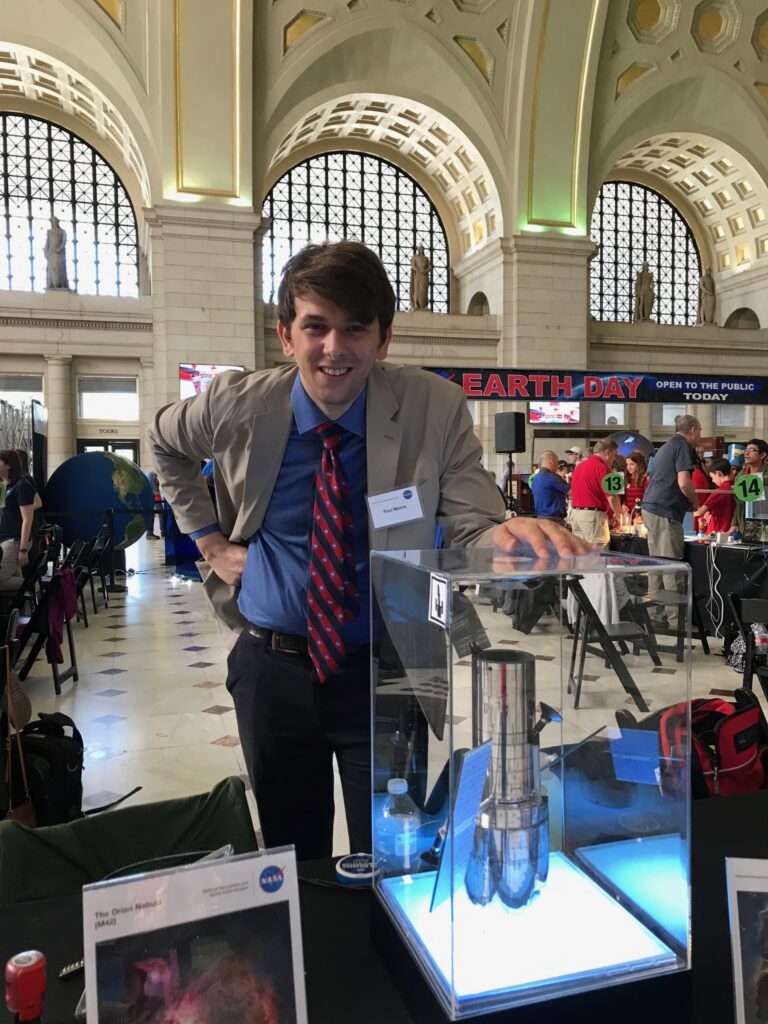China’s first Mars rover has captured its first sounds of the Red Planet and beamed back stunning views of a drive on the dusty world.
A new video released by China’s state-run CCTV news channel today (June 27) shows the first sounds recorded by the Mars rover Zhurong as it drove off its Tianwen-1 lander and onto the Martian surface on May 22. It also includes stunning video of Zhurong driving on Mars captured by stitching together images from a small camera deployed the rover.
“In fact the sounds were made when the pinion of the Mars rover rotates on the rack, or say the clashing sounds between metals,” Jia Yang, Tianwen-1 system deputy chief designer, said in the video according to a CCTV translation. “The purpose we [installed] the recording device is to capture the sounds of wind on Mars during its windy weathers. We really want to hear how the winds sound like on a planet other than the Earth.”
Related: China’s Tianwen-1 Mars mission in photos

China’s Zhurong rover is the centerpiece of the country’s Tianwen-1 mission, which delivered an orbiter and the rover to the Red Planet this year. The combined spacecraft launched in July 2020 and arrived in orbit around Mars in February. The Mars rover Zhurong landed on the plains of Utopia Planitia on May 14. It’s using six science payloads to study the Red Planet, including its microphone.
“With the [video, image and audio] files we released this time, including those sounds recorded when our Mars rover left the lander, we are able to conduct in-depth analysis to the environment and condition of Mars, for example, the density of the atmosphere on the Mars,” said Liu Jizhong, deputy commander of China’s first Mars exploration program, in the CCTV interview.
A second video also released today shows a series of stunning views from the Tianwen-1 lander and the Zhurong rover itself as it drives on Mars. They capture views of the lander’s parachute, the moment of parachute separation and views of the Martian surface from the lander as it approached the ground.
“When we were designing, we wanted to obtain some visual states of the rover, which could be used as a basis for further improvement of the project,” said Rao Wei, deputy chief designer of the Tianwen-1 probe, according to CCTV. “Then we designed several parts, including the process of opening the parachute, releasing the canopy and descending.”
Those systems appeared to work as planned, with the Tianwen-1 lander descending as designed and then pinpointing a safe landing spot.
“According to the telemetry, we can see that the landing point is only three kilometers away from our designed position,” Rao said. “In general, the landing position is very accurate and the control system is very good.”
The 530-lb. (240 kilogram) Zhurong rover is expected to last about 90 Martian days exploring the Red Planet with its high-resolution cameras, subsurface radar, multi-spectral camera and surface composition detector, a magnetic field detector and a weather monitor. The Tianwen-1 orbiter is designed to last a full Martian year, which is about 687 Earth days.
Email Tariq Malik at tmalik@space.com or follow him on Twitter @tariqjmalik. Follow us on @Spacedotcom and Facebook and Instagram.


